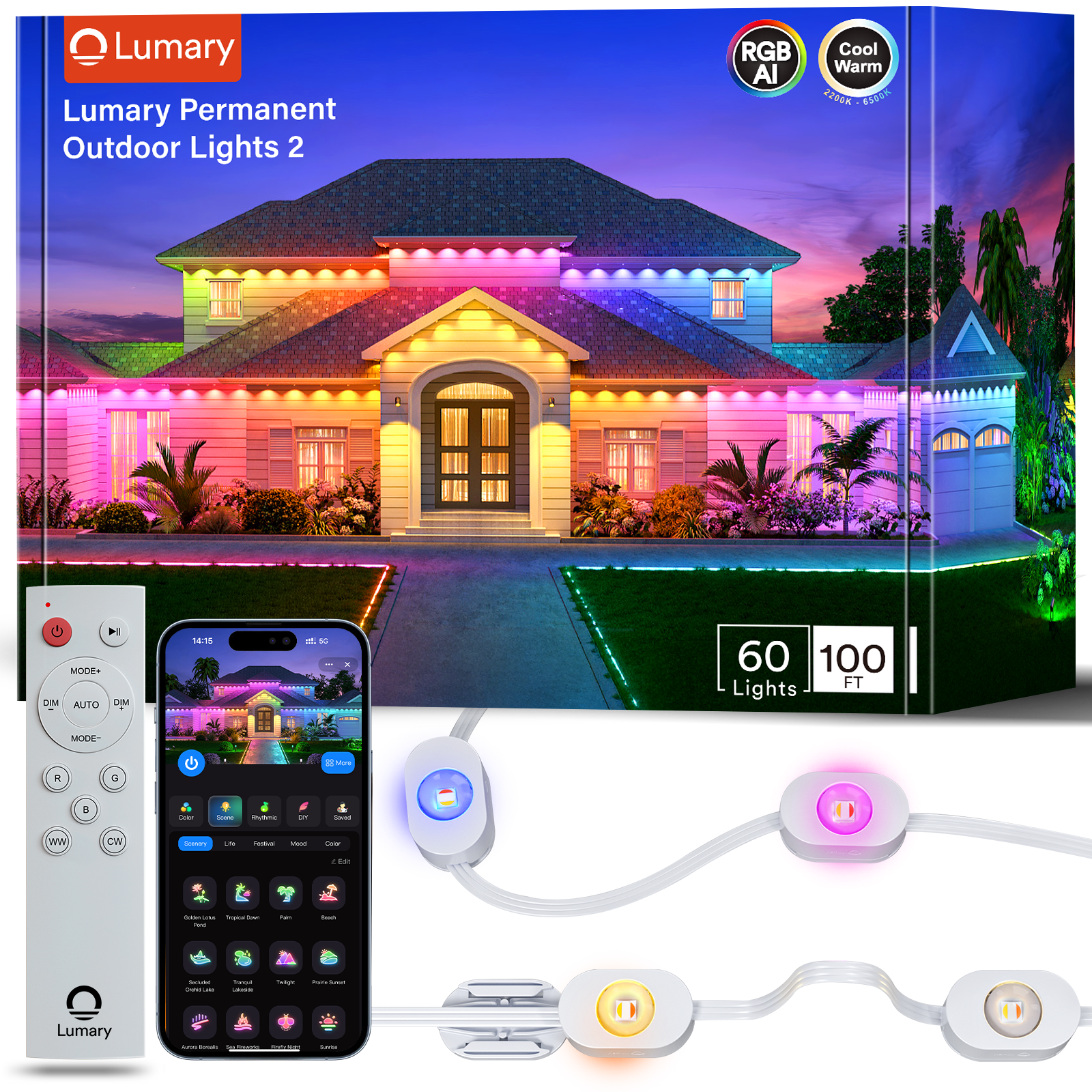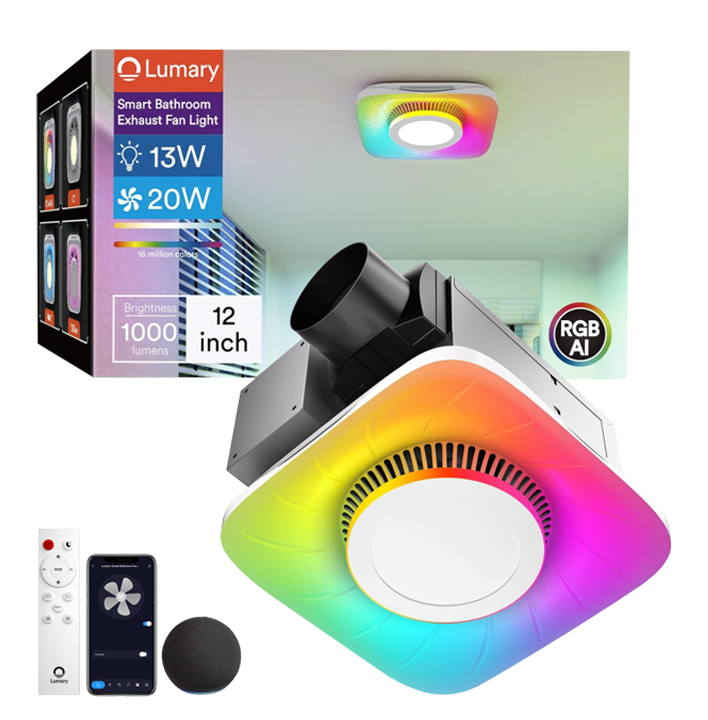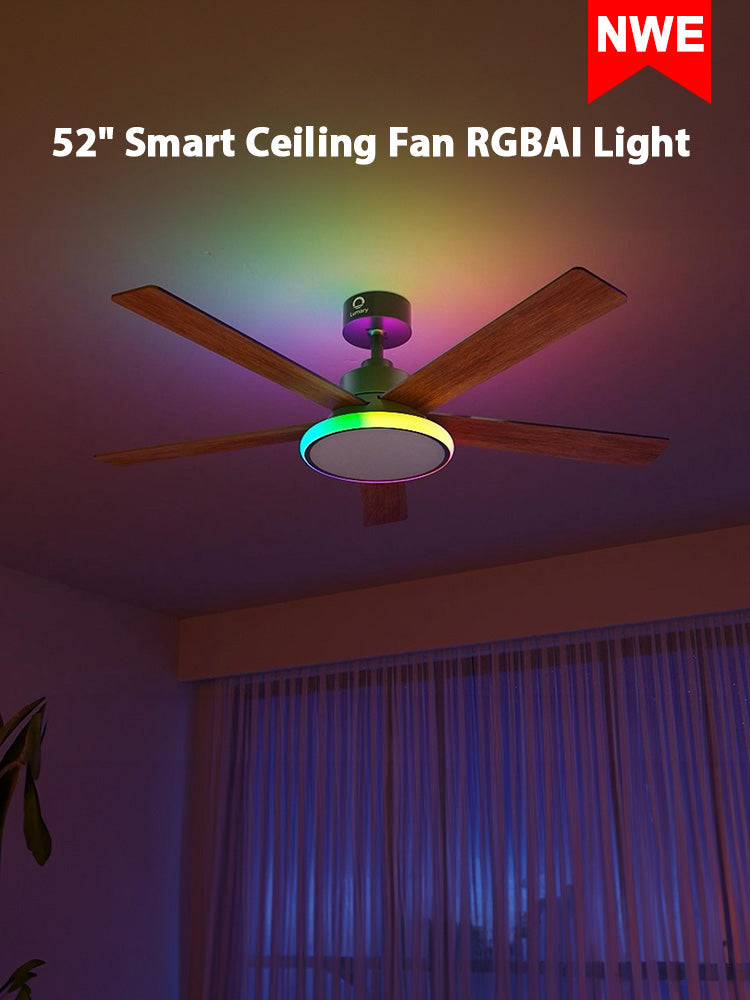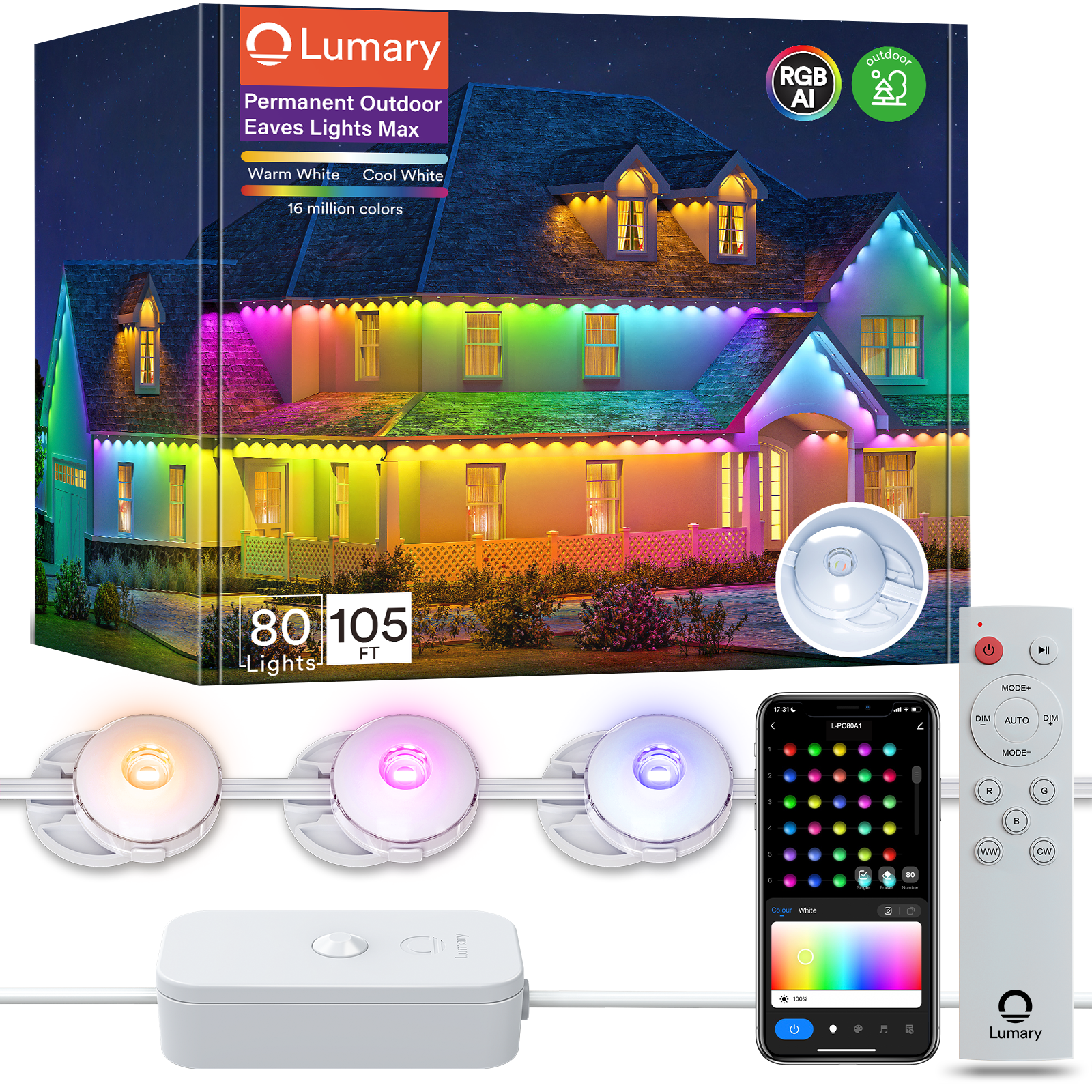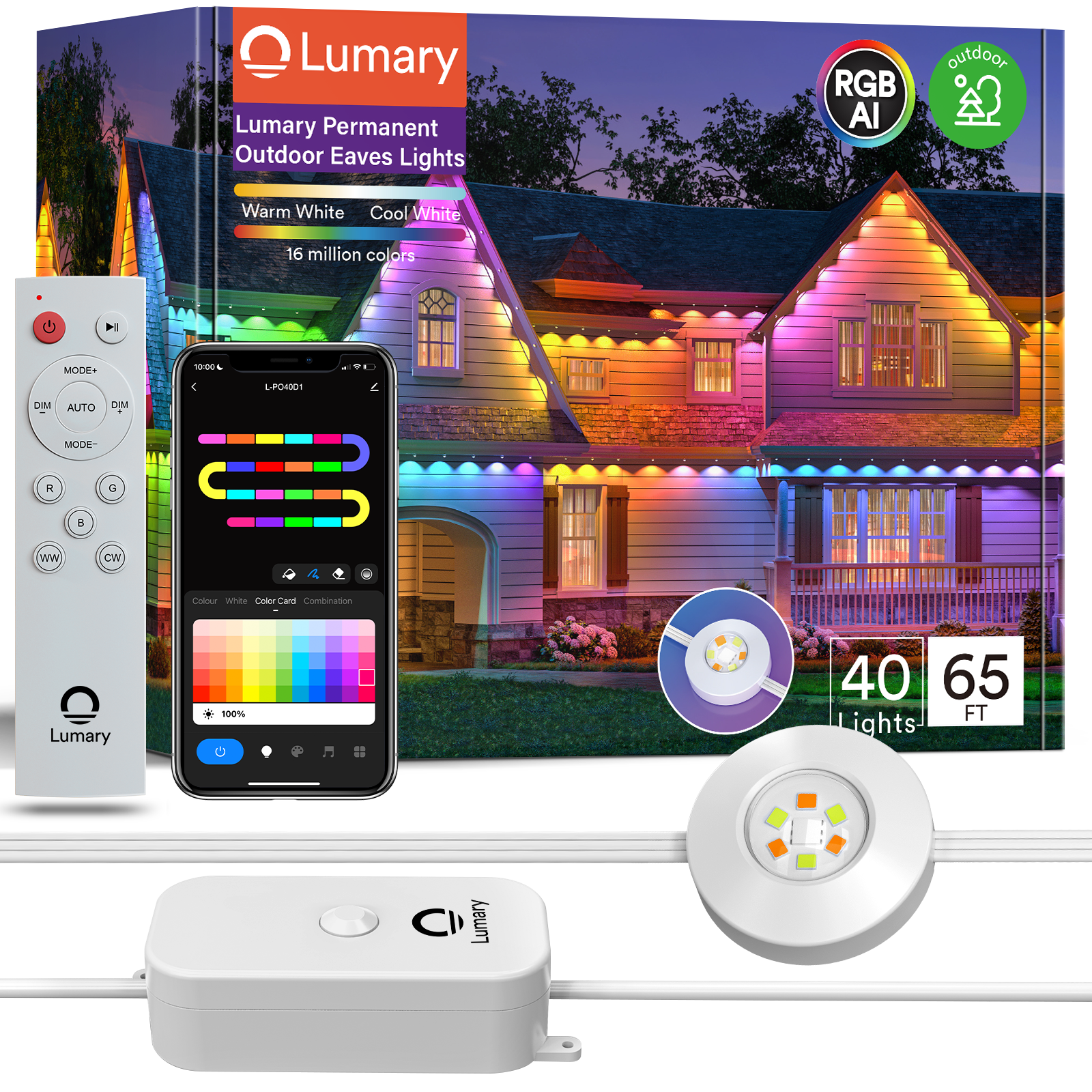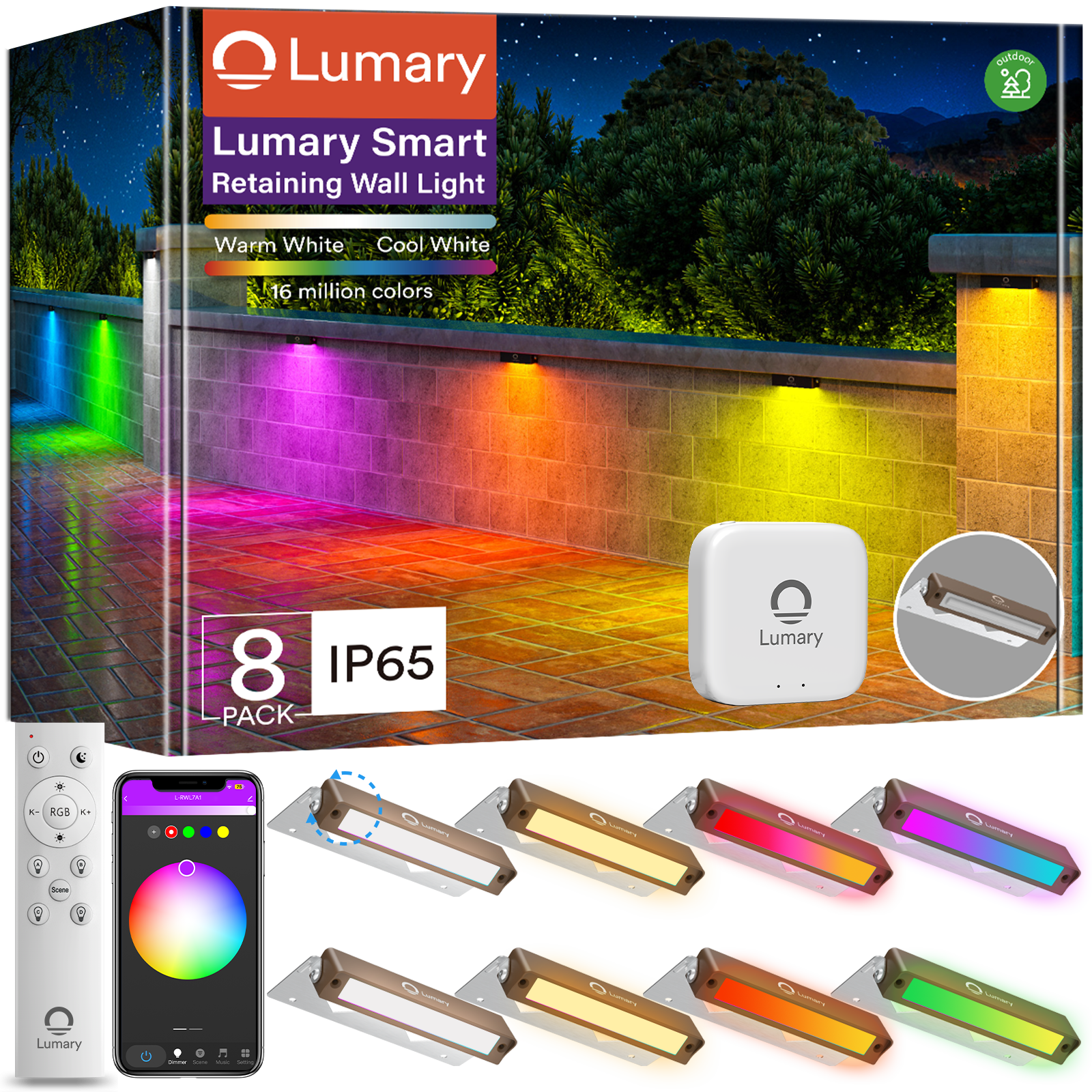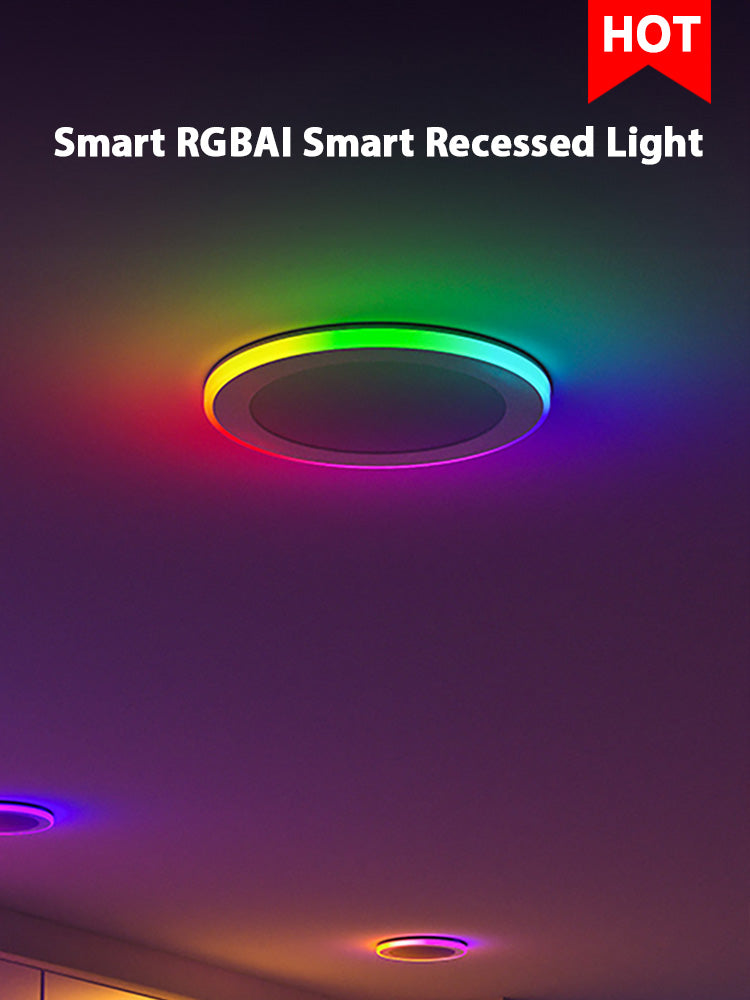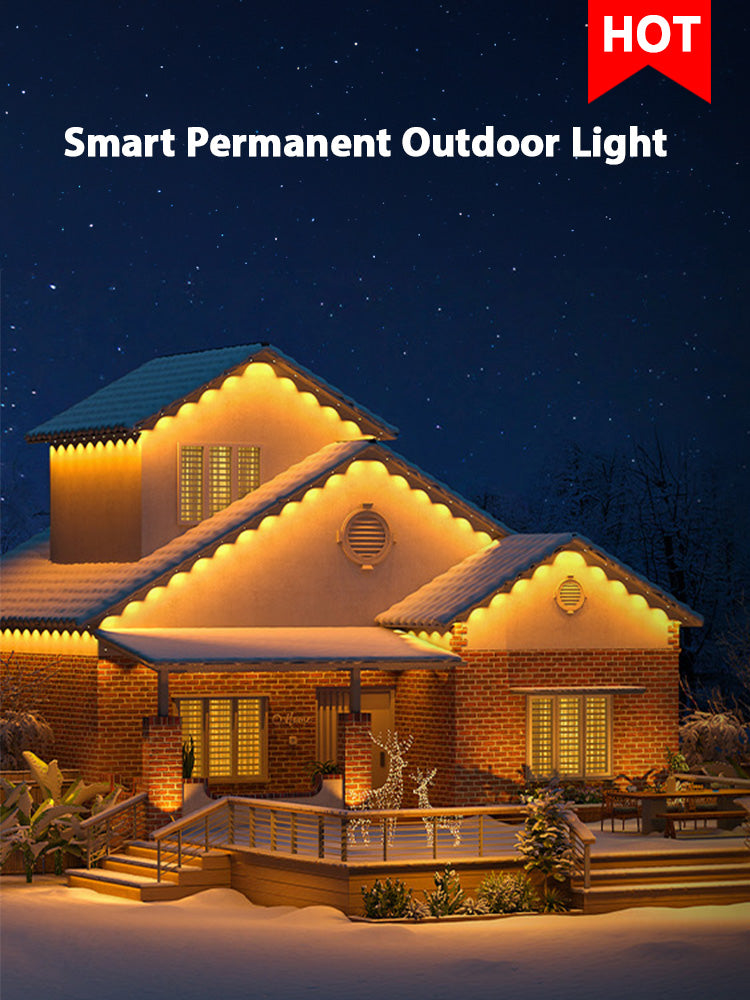LED yard lights offer a fantastic way to brighten up your outdoor spaces while saving energy. These lights last up to 25 times longer than traditional incandescent bulbs and use up to 90% less energy. This means fewer replacements and lower electricity bills for you. Proper installation is crucial to maximize these benefits. When you install yard LED lights correctly, you ensure they function efficiently and safely. This not only enhances the beauty of your yard but also provides a reliable lighting solution for years to come.
Planning Your Installation

Assessing Your Yard
Identifying Key Areas for Lighting
Start by walking around your yard. Look for areas that need illumination, like pathways, patios, or garden beds. Think about where you spend most of your time outdoors. Do you have a favorite spot for evening relaxation? Highlight these areas to enhance both safety and ambiance.
Considering Landscape Features
Consider the unique features of your landscape. Trees, shrubs, and water features can create beautiful shadows and reflections when lit properly. Use these elements to your advantage. They can add depth and interest to your lighting design.
Choosing the Right LED Lights
Types of LED Lights Available
LED lights come in many forms. You can choose from spotlights, path lights, or wall washers. Each type serves a different purpose. Spotlights focus on specific areas, while path lights guide the way. Wall washers create broad, even lighting across surfaces.
Factors to Consider (Brightness, Color, etc.)
When selecting LEDs, think about brightness and color. Brightness is measured in lumens. More lumens mean brighter light. Consider the mood you want to create. Warm colors (around 2200K) offer a cozy feel, while cooler colors (up to 6500K) provide a crisp, modern look. Some LEDs are dimmable, allowing you to adjust the ambiance as needed.
Creating a Layout Plan
Mapping Out Light Placement
Sketch a simple map of your yard. Mark where you plan to place each light. This helps visualize the overall effect. Ensure even coverage without over-lighting any area. Balance is key to a pleasing design.
Calculating Distance and Coverage
Measure the distance between lights. For path lights, space them 10 to 15 feet apart. This creates gentle pools of light. For broader coverage, place yard lights every six to eight feet. Remember, closer spacing results in a more vivid effect. Adjust based on your specific needs and preferences.
By carefully planning your installation, you ensure a beautiful and functional lighting setup that enhances your outdoor space.
Gathering Necessary Equipment
Essential Tools and Materials
Before you dive into installing your LED yard lights, gather all the necessary tools and materials. Having everything ready will make the process smoother and more enjoyable.
List of Tools Needed
Here's a handy list of tools you'll need:
-
Flat-blade shovel: Perfect for digging trenches for cables.
-
Wire stripper: Essential for preparing wires for connections.
-
Tape measure: Helps in measuring distances accurately.
-
Small sledgehammer: Useful for securing fixtures in place.
-
Steel punch or large screwdriver: Assists in creating holes for mounting.
-
Safety glasses: Protects your eyes during installation.
-
Work gloves: Keeps your hands safe from sharp objects.
These tools will ensure you have everything you need to set up your lighting system efficiently.
Materials Required for Installation
In addition to tools, you'll need some materials:
-
Low-voltage cables: Connects your lights to the power source.
-
Wire connectors: Secures wire connections safely.
-
Lighting fixtures: Choose the right type for your yard's needs.
Consider using a pre-built LED landscape lighting kit for added convenience. These kits often include many of the necessary components, making your job easier.
Safety Gear
Safety should always be a priority when working with electrical installations. Proper gear can prevent accidents and ensure a smooth installation process.
Importance of Safety During Installation
Working with electricity requires caution. You want to avoid any mishaps that could lead to injury or damage. Wearing the right safety gear minimizes risks and keeps you protected throughout the project.
Recommended Safety Equipment
Equip yourself with the following safety gear:
-
Safety glasses: Shields your eyes from debris and sparks.
-
Work gloves: Provides grip and protects your hands.
-
Sturdy footwear: Prevents slips and protects your feet from heavy objects.
By preparing with the right tools, materials, and safety gear, you set yourself up for a successful LED yard light installation. This preparation ensures not only a beautiful outcome but also a safe and efficient process.
Step-by-Step Installation Process

Preparing the Site
Clearing the Area
Start by clearing the area where you plan to install your yard LED lights. Remove any debris, rocks, or plants that might obstruct the installation. A clean site ensures a smooth process and helps you avoid any unexpected issues.
Marking Installation Spots
Next, mark the spots where each light will go. Use small flags or chalk to indicate these locations. This step helps you visualize the layout and ensures even spacing for optimal lighting coverage.
Installing the Yard LED Lights
Setting Up Wiring
Begin by laying out the wiring for your yard LED lights. Use a flat-blade shovel to dig shallow trenches for the cables. Keep the wiring at least six inches below the surface to protect it from lawn equipment. Connect the wires using twist-on connectors, matching the polarity with the power supply.
Securing Lights in Place
Once the wiring is set, secure the lights in their marked spots. Use a small sledgehammer to drive stakes into the ground if needed. Ensure each light is stable and positioned correctly to achieve the desired lighting effect.
Connecting to Power Source
Ensuring Safe Electrical Connections
Connect the wiring to your power source. Make sure all connections are secure and insulated to prevent any electrical hazards. Double-check that the wires are properly connected to avoid any malfunctions.
Testing the Setup
Finally, test your yard LED lights. Turn them on to ensure everything works as planned. Check each light for proper functionality and adjust as needed. Testing before burying the cables saves time and effort if adjustments are necessary.
By following these steps, you can enjoy a beautifully lit yard with your new yard LED lights. This process not only enhances your outdoor space but also provides a safe and efficient lighting solution.
Final Adjustments and Testing
Once you've installed your yard LED lights, it's time to make some final tweaks to ensure everything looks just right. This step is crucial for achieving the perfect ambiance and functionality.
Adjusting Light Angles
Ensuring Optimal Coverage
To get the best coverage, adjust the angles of your lights. You want to make sure that each light illuminates its intended area without leaving dark spots. Walk around your yard at night to see how the lights perform. If you notice any areas that are too dim, adjust the angle of the lights to spread the illumination more evenly. Many users, like Abby, find that tweaking the light angles can dramatically improve the overall effect. She mentioned using the angle adjustment knob to achieve the look she desired.
Avoiding Glare
While adjusting, be mindful of glare. Glare can be uncomfortable and detract from the beauty of your lighting setup. Aim the lights so they highlight features without shining directly into anyone's eyes. This not only enhances comfort but also maintains the aesthetic appeal of your yard.
Testing the Yard LED Lights System
Checking for Functionality
Before you call it a day, test the entire system. Turn on all the lights and walk around to ensure each one functions properly. Check for any flickering or dim lights, as these could indicate a connection issue. Testing at this stage saves you from future headaches and ensures your yard LED lights perform reliably.
Troubleshooting Common Issues
If you encounter any problems, don't worry. Most issues are easy to fix. For instance, if a light doesn't turn on, check the connections and ensure the wires are secure. Sometimes, a simple adjustment can solve the problem. Many customers appreciate the ease of installation and the intuitive app interface of products like the Lumary RGBAI Smart Outdoor Lights Bar. These features make troubleshooting straightforward and user-friendly.
"If you’ve been dealing with old, unreliable transformer-style lights, you’re in for a treat. These new lights not only have more features but are also a breeze to install."
By following these steps, you ensure your yard LED lights provide the perfect blend of beauty and functionality. Enjoy the vibrant and inviting atmosphere you've created in your outdoor space.
You've successfully installed your LED yard lights, transforming your outdoor space into a beautifully illuminated haven. By following the steps, you ensured a safe and efficient setup. Now, enjoy the enhanced ambiance and security these lights provide. Imagine coming home to a warmly lit pathway or hosting a cozy evening gathering under the stars. Your energy-efficient choice not only saves on bills but also contributes to a sustainable environment. So, sit back, relax, and bask in the glow of your newly lit yard.

